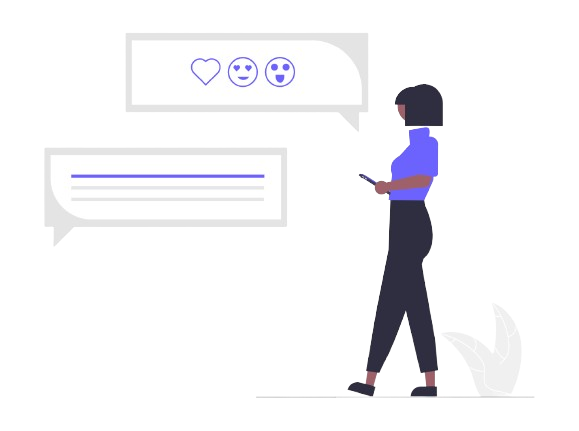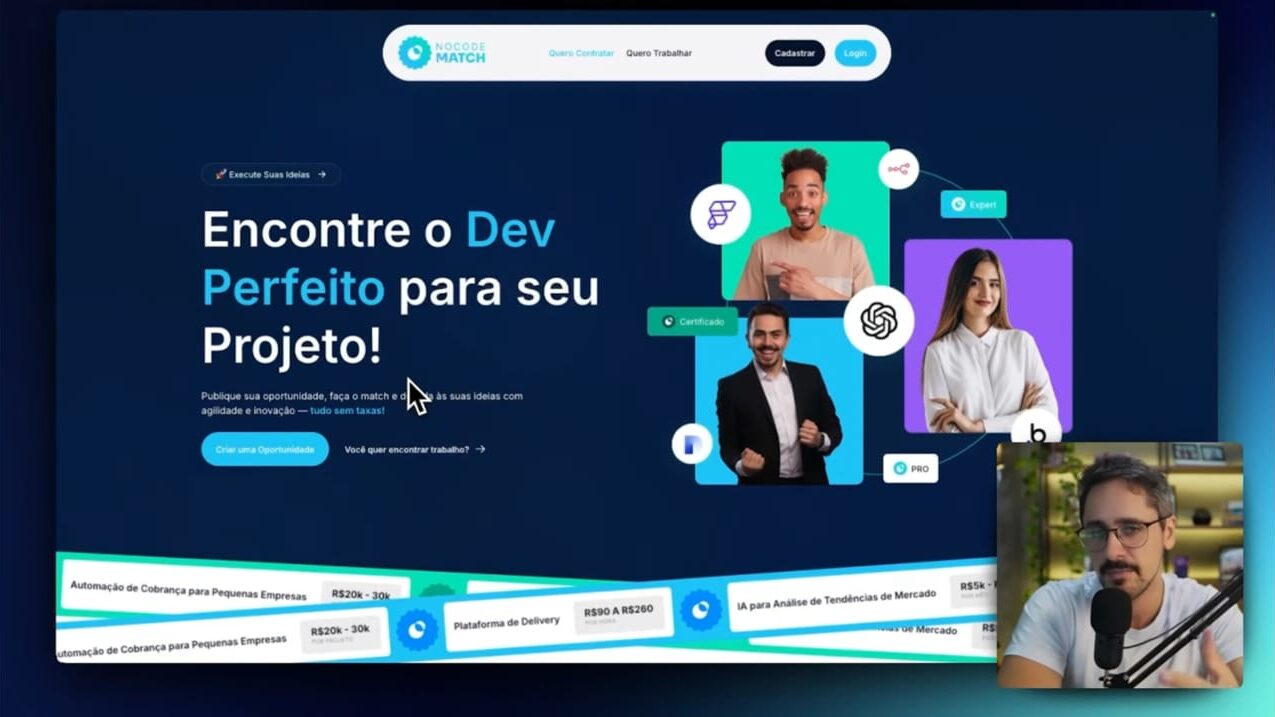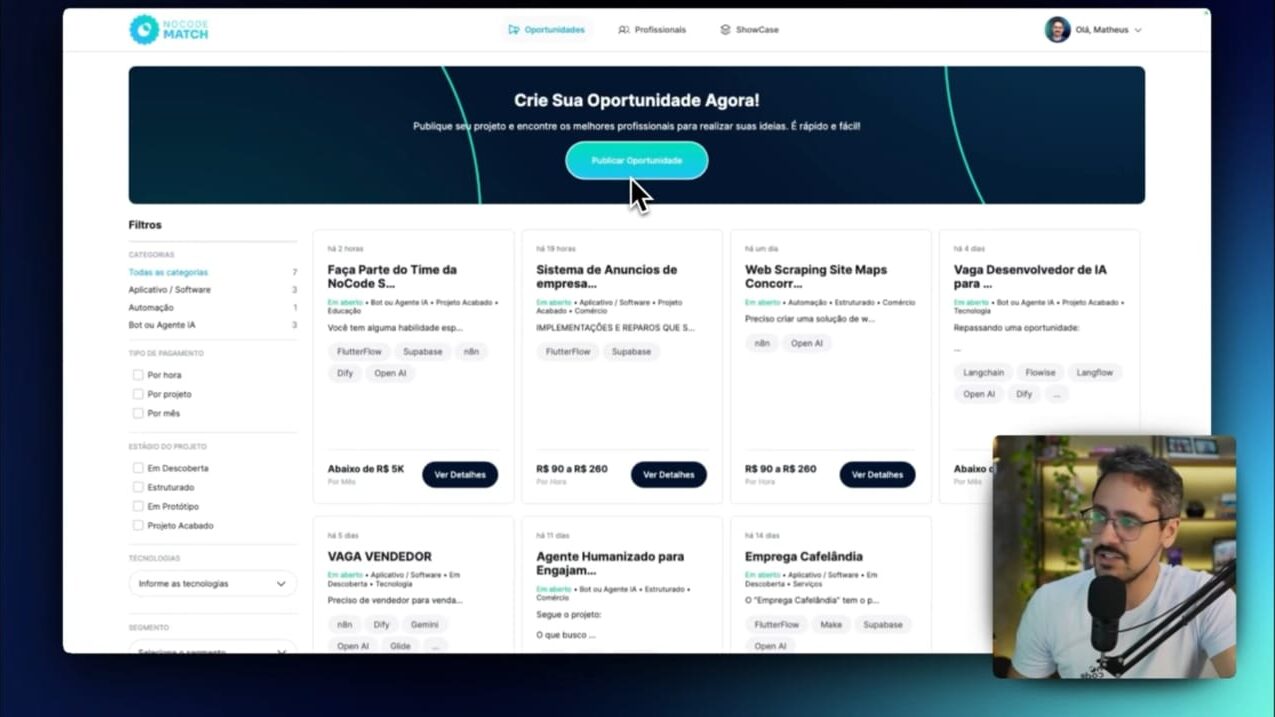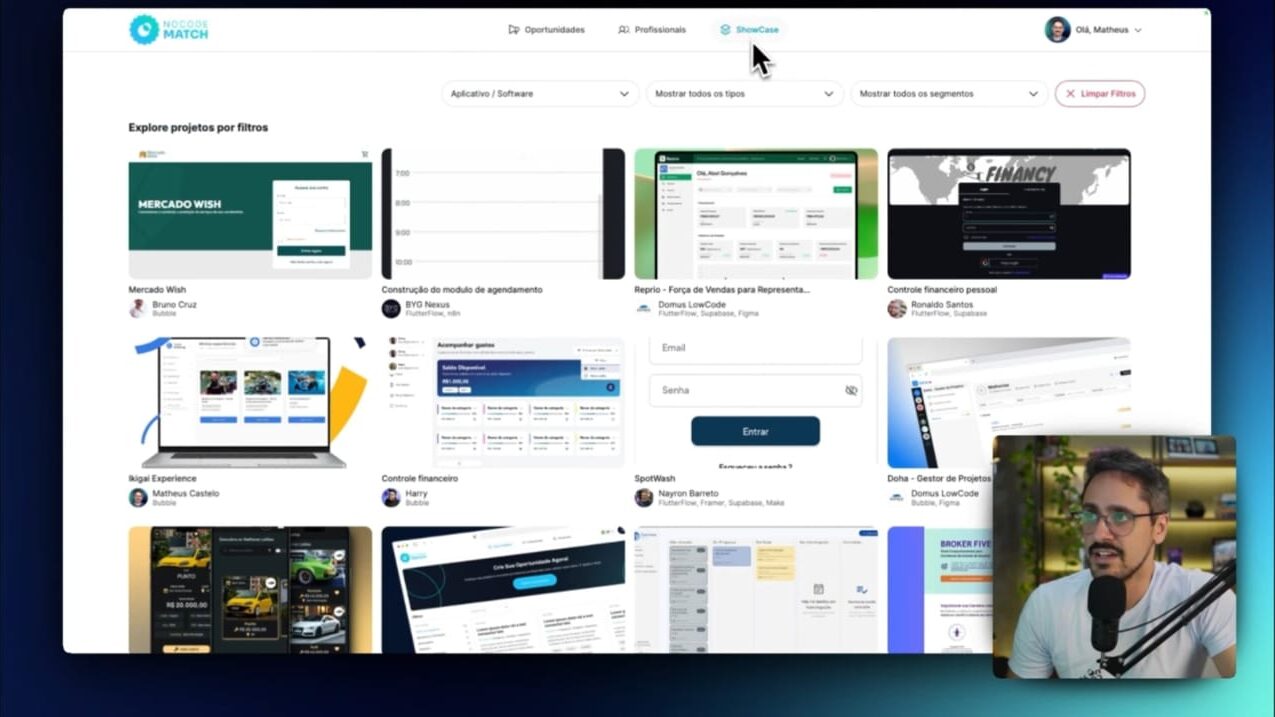The use of AI agents on WhatsApp is emerging as one of the biggest trends for 2025. This is because, with the advancement of technology, artificial intelligence (AI) tools have been gaining more and more space on various platforms. Therefore, AI agents on WhatsApp are the next big innovation in automated communication and, in addition, they offer a series of advantages for businesses and users. In this article, we will explore how these agents can transform the way we interact with customers as well as their applications in the near future.
What are AI Agents on WhatsApp?

AI agents on WhatsApp automate conversations with users by answering their questions quickly and accurately. They also understand context while identifying users’ intent and providing appropriate responses using artificial intelligence.
The main advantage of AI agents on WhatsApp is their ability to provide personalized customer service without the need for human intervention. They can also perform a variety of functions, such as providing product information, making sales, and even resolving technical issues, all in real time.
The development of these agents is facilitated by tools such as Flutterflow, which allows you to create solutions in a simple way and without the need for extensive technical knowledge. This opens the door to a wider range of companies that want to integrate AI into their operations, but do not yet have a specialized technology team. In the future, the use of AI agents on WhatsApp is expected to become as common as the use of chatbots in other messaging apps.
How AI Agents on WhatsApp Can Have a Negative Impact?
While AI agents on WhatsApp offer significant benefits, their implementation also presents challenges and negative impacts that need to be considered. One of the negative aspects is the reliance on automated systems, which can result in impersonal and, in some cases, frustrating responses for users. AIs’ lack of empathy and understanding of emotional nuances can harm the customer experience, especially in complex situations.
Furthermore, inadequate implementation of AI agents on WhatsApp can lead to over-automation, making customers feel that the company is not providing the necessary attention. This can affect the brand image and reduce consumer trust. Therefore, it is essential that companies use Bubble to fine-tune AI agents to work more human-like and effectively. Companies should invest time in testing and improving automated communication to ensure it delivers the desired results without frustrating customers.
Benefits of AI Agents on WhatsApp for Businesses

The adoption of AI agents on WhatsApp offers a number of benefits for companies looking to streamline their communication and customer service processes. Firstly, implementing AI can result in a significant reduction in operational costs, as it reduces the need for large support teams. AI agents can handle a much higher volume of interactions simultaneously, without needing breaks or rest, ensuring continuous and flawless service.
Additionally, AI agents on WhatsApp are able to provide instant customer service, which improves the customer experience. This is especially important for companies operating in high-demand markets, such as e-commerce, where quick responses can be a competitive advantage. Platforms such as Framer, which help in the development of NoCode solutions, offer the necessary tools to create interactive and personalized experiences with AI agents. This contributes to customer satisfaction and, consequently, to increased loyalty and sales.
How to create AI agents in Whatsapp using NoCode tools?
Creating AI agents on WhatsApp can be done simply and affordably using NoCode platforms like Make Integromat. These tools allow anyone, regardless of technical knowledge, to create AI solutions that work directly on WhatsApp. NoCode platforms offer an intuitive interface where you can drag and drop elements, define interactions, and integrate with other systems without writing a single line of code.
Additionally, courses such as flutterflow course and the free Bubble course are great options for those looking to deepen their knowledge of NoCode tools. These courses provide hands-on, in-depth training on how to create efficient and scalable solutions for businesses, including implementing AI agents on WhatsApp. Combining hands-on education with powerful platforms ensures that businesses can leverage AI effectively to better serve their customers and optimize their operations.
The Future of AI Agents on WhatsApp

The future of AI agents on WhatsApp looks promising, as several innovations are expected in the coming years. AI will continue to evolve, becoming increasingly sophisticated and capable of handling more complex interactions. Thus, by 2025, agents are expected to not only answer simple questions, but also be able to conduct complex conversations, perform financial transactions, and and customize offers according to users’ preferences.
To keep up with this progress, companies will need to adapt to the changes and adopt the best AI tools available on the market. This includes investing in solutions that allow AI integration with various communication channels and e-commerce platforms, such as Xano Course.
Furthermore, the Bubble Communities and Flutterflow play a key role in bringing together professionals and enthusiasts who share knowledge and experiences on how to optimize the use of AI across different platforms.
Final Thoughts on AI Agents on WhatsApp
AI agents on WhatsApp are becoming a powerful trend for 2025, offering efficient solutions for businesses looking to improve communication with their customers. While there are still challenges related to the risk of over-automation, the benefits outweigh the drawbacks, especially when using the right tools.
Over time, these agents are expected to become increasingly intelligent, capable of performing complex tasks and offering an increasingly personalized customer service experience. If you are interested in learning more about how to use these tools and integrate AI into your business, be sure to check out the Youtube channel and the NoCode StartUp website, where you will find courses and tutorials on how to use the best AI tools to optimize your














